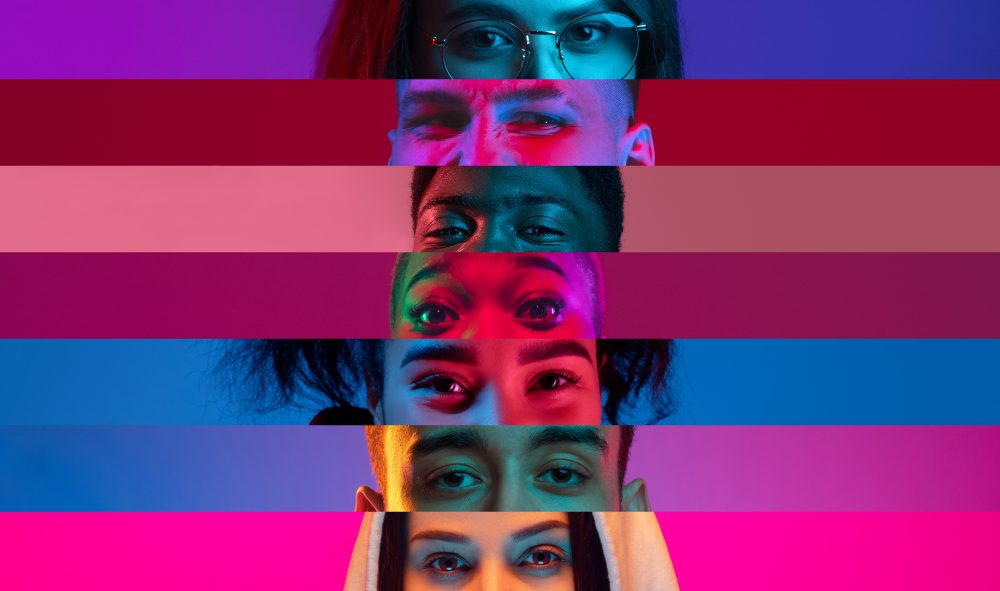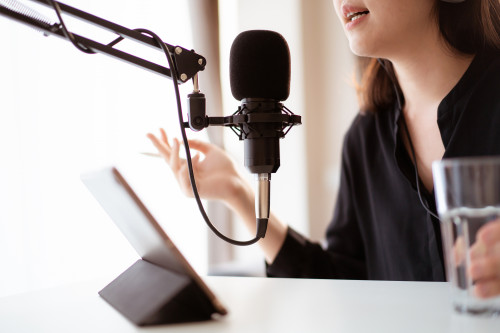Heading into 2022, audio is influencing new spaces and fostering connections in the realms of online communities and dating.
Self-Care’s Next Frontier: Equitable and Inclusive Experiences
Self-care is more than a mainstream trend, it’s a necessity for living, and people are increasingly making it a critical aspect of their lives. In fact, 83% of US adults told us in February that self-care has become a top priority for them – a 13% lift from a prior fielding in May 2021.* As we continue our ongoing research into Betterment – unpacking people’s evolving approaches as they navigate unpredictable ups, downs, and energy swings – we’ve discovered that brands must also factor in a key element vital to this collective journey: equity.
People’s personal “fuel” (resources) and “loads” (mental, emotional, physical, societal, and temporal responsibilities or burdens), and the Betterment activities they are able to take part in, shape their Betterment journeys. As one Twitter user said, “Nobody really talks about how poverty and disability affect your capacity for self-care…” Everyone carries a unique load.
Some brands are making strides by innovating their experiences for a more inclusive set of needs, leveraging real people as intel, and ensuring equitable access and a better experience for all – embodying a trend we call Wired for We.
Unprecedented Times Call for Greater Empathy
Two in five adults are living with a chronic mental condition, physical condition, or disability.* While the figure might sound surprising on its own, the pandemic has exacerbated these challenges in unprecedented ways. Job loss, loss of loved ones, isolation, and disconnection have exponentially magnified collective stress. This group is 3x more likely to say they generally feel their energy is “drained,” and twice as likely to say they feel out of sync with their energy fluctuations.* Despite these challenges, people within this group are 39% more likely than the general population to be empathy-minded.
Some brands are meeting audiences with greater empathy in return. In partnership with the Autism Society, AMC’s Sensory Friendly Films showings incorporate sensory adjustments like lowered volume and raised lights to offer autistic adults and children a more comfortable and fun experience. The inclusive program includes a family-friendly showing every other Saturday, where children are free to move around the theatre and sing and dance if they so choose.
Increasing Access Amidst a Growing Wealth Gap
Unemployment remains a major concern for American workers, as 5.9M people remain without work as of April 2022. People with a household income below $50K are 2.5x more likely than the general population to say they most always feel drained. Inflation and a widening wealth gap have exacerbated the need for brands to incorporate more access, flexibility, and understanding. Considering travel and time off as essential to self-care, Delta announced a new buying feature in late February called Plan It. In partnership with Affirm, a company that enables people to “Buy Now, Pay Later” from participating companies, Plan It enables Amex cardholders to book flights over $100 and pay in small increments over time with no interest fees. This gives people the financial equity boost that allows them to build their credit while prioritizing their rest, relaxation, and wellbeing at a price they can afford.
What this Means for Brands
Brands can be essential vehicles for self-care. Though people are prioritizing their well-being more than ever, not all roads are equal, and this is where brands can make a difference. Inclusive design innovation, customer experience and advertising enhancements for people with varying abilities, and flexible payment plans are just a few examples. There is endless opportunity to bring betterment equity to the forefront of conversation and experience.
- Sensory-Inclusive Dining: A restaurant brand could create an inclusive dining experience for people with visual challenges. For example, create large-sized print and braille menus and signs to more openly welcome those with visual challenges. To further enhance the experience, bring the food to life through custom audio accompaniment like menu descriptions voiced by the head chef and sounds that bring deeper context to the origins of key ingredients (like rolling stream sounds with a freshwater salmon dish).
- Welcome All Kids: Brands aimed at kids have a great opportunity to make sure all are included while also educating them about differences. In entertainment and commercials, including characters (kids and adults alike) with different abilities and neurodiversity is an important step in representation – like this great example from GoGo squeeZ. Kids’ toys can be designed with easy-to-maneuver parts for those with motor skill challenges and can include braille labels. In the clothing space, design soft and tag-free clothing for those with sensory processing sensitivity.
- Sliding Scale Memberships: Fitness is a key part of Betterment for many, but elements like online instructor-led classes or gym memberships are sometimes out of reach financially for those who could use it the most. Exercise brands could consider #NoSweat rates on a sliding scale allowing people to pay based on income or offer free memberships for a period of time for those who are out of work.
Source: *Horizon Media, Finger on the Pulse. Survey fielded 1/30/22-2/13/22, n=1,129




